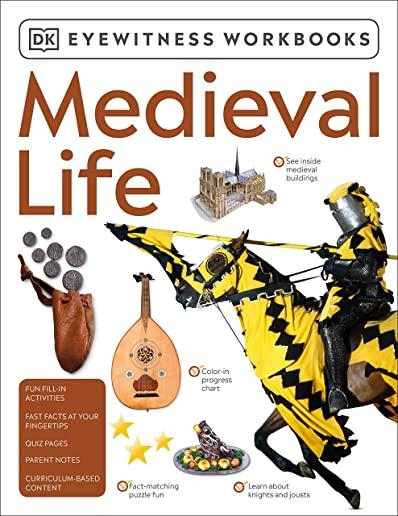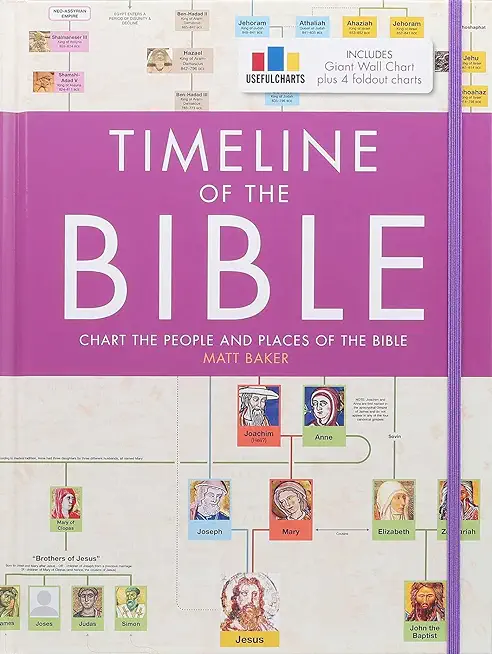
description
ld War II was an era of dramatic transformation for Jews in America. At the start of the 1940s, President Roosevelt had to all but promise that if Americans entered the war, it would not be to save the Jews. By the end of the decade, antisemitism was in decline and Jews were moving toward general acceptance in American society. Drawing on several archives, magazine articles, and nearly-forgotten bestsellers, Postwar Stories examines how Jewish middlebrow literature helped to shape post-Holocaust American Jewish identity. For both Jews and non-Jews accustomed to antisemitic tropes and images, positive depictions of Jews had a normalizing effect. Maybe Jews were just like other Americans, after all. At the same time, anti-antisemitism novels and "Introduction to Judaism" literature helped to popularize the idea of Judaism as an American religion. In the process, these two genres contributed to a new form of Judaism--one that fit within the emerging myth of America as a Judeo-Christian nation, and yet displayed new confidence in revealing Judaism's divergences from Christianity.
member goods
No member items were found under this heading.
Return Policy
All sales are final
Shipping
No special shipping considerations available.
Shipping fees determined at checkout.







